Welcome to Frame Jump, a new column here at the Escapist where we’ll be exploring all of the hottest anime of the past, present, and future! I’m Jesse Lab, head weeb, and I’ve been a fan of anime since I started watching Digimon in the ’90s during Saturday morning cartoon blocks. Since then I’ve been actively watching anime in all of its many forms, from series like Kill la Kill, Made in Abyss, Akudama Drive, and my favorite anime, Gankutsuou: The Count of Monte Cristo.
I personally think that anime has such wild creativity and passion that’s present in the medium, way more than what’s on offer in other styles of animation. Only anime can give you such a wide variety of genres, tones, and styles yet all still feel distinctly “anime.” While here, we’re going to talk about a whole host of topics, like celebrating Naruto: Shippuden‘s 16th anniversary, looking at the messy conclusion to Attack on Titan, and enduring whatever it is that Netflix’s One Piece adaptation ends up being.
Naruto. The name is synonymous with anime. It’s almost impossible to talk about the industry and the medium itself without mentioning the franchise and its main character. It’s one of the bestselling manga series in history and one of the longest-running anime ever if you want to combine it with its various spinoffs. Since it premiered in the West in 2005 on Toonami, most anime fans of the 2000s have grown to love Naruto, its world, its cast, and its themes. This week marks the 16th anniversary of the release of Naruto: Shippuden, the series that most people tend to associate with the franchise. That makes it as good a time as any to look back at the entire Naruto series, to dissect elements good and bad worth examining — including some parts that make me fervently refuse to ever engage with the series again.
If you’re unaware of the series, Naruto is the story of Naruto Uzumaki, an outcast child in the village of Konoha. His body houses a nine-tailed fox demon that not only destroyed the village but also killed his father, the leader of the village (the Hokage), who sacrificed his life to seal the monster within his own son’s body. Since then, Naruto has been hated by the population, so Naruto desires to try to live up to his father’s legacy and become not only accepted by Konoha but also the village’s Hokage. In order to do so, he needs to become a ninja and go on missions with his fellow peers, train with various mentor figures, and fight against a group of evil ninjas called the Akatsuki, who wish to utilize the monster inside of Naruto for their own evil purposes.
Probably the strongest element of the series is that Naruto himself is an excellent protagonist. While we’ve seen plenty of outcast protagonists in anime before and since the series, Naruto has a genuinely positive personality. He starts off the series as an outcast hated by his community, but as the series progresses, the people slowly accept him. His growth and acceptance are genuinely moving, and he never lets the circumstances of his existence get him down, oftentimes trying to empathize with his enemies due to his acknowledgment that, without the support he eventually received, he could have turned out like them.
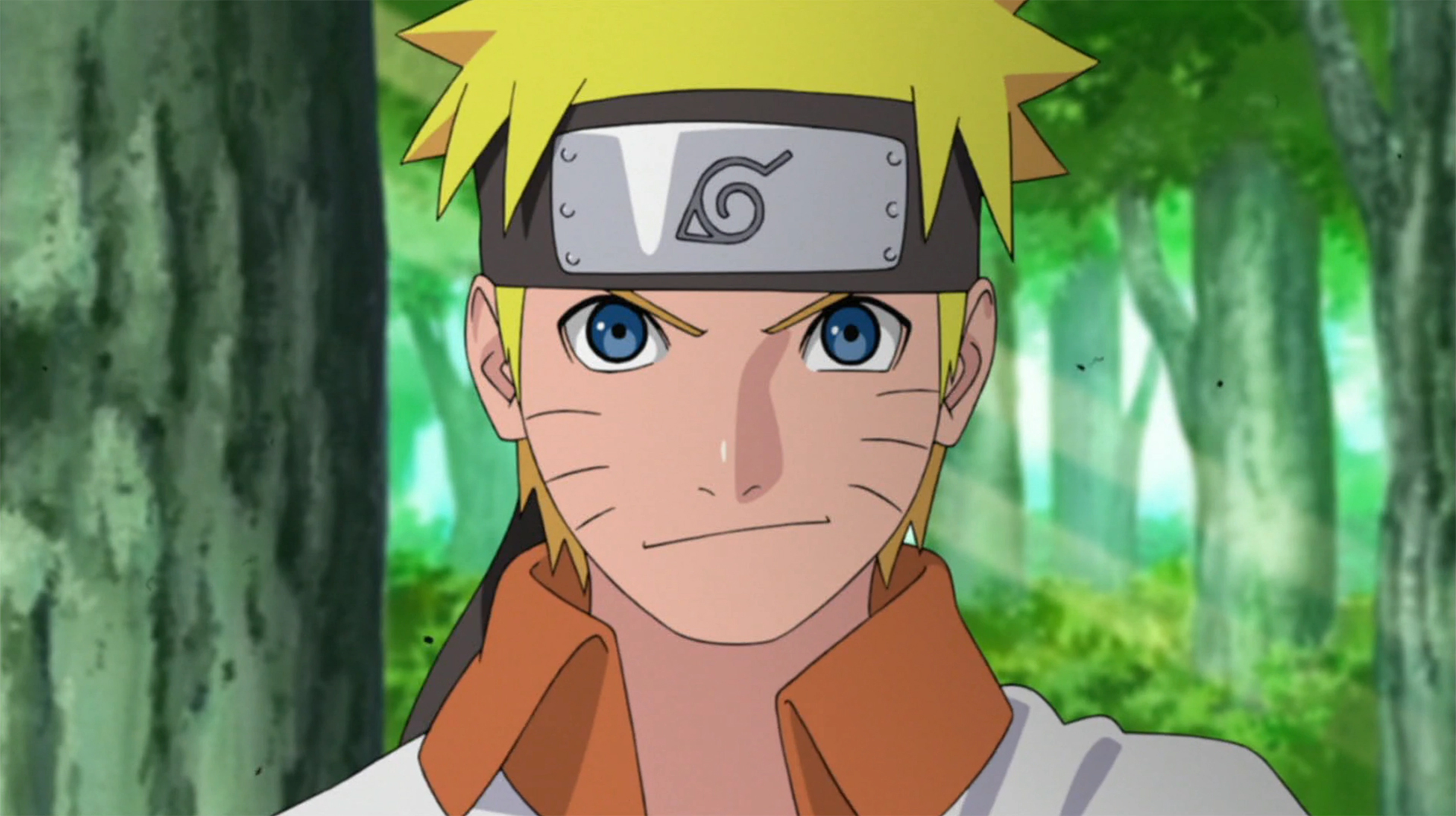
His goal isn’t some nebulous or hard-to-define idea like other shonen protagonists have. It’s straightforward and attainable, and we see him making progress toward his goal throughout the series. It’s great to see Naruto achieve these little victories and gain the respect of his peers and recognition from people that matter, not just within his village, but in the larger world. By the time the series reaches its conclusion and Naruto becomes the Hokage, you believe it because you’ve seen him make the steps necessary to get there. It’s the best part of the finale, but the journey to get there was… messy, to say the least.
In concept, there’s a lot to like about Naruto that makes it easy to see why fans can be drawn into it. Yet as time goes on, people are more willing to point out that the series has a lot of flaws, especially in comparison to its peers. Naruto was part of an unofficial group of shonen anime at the time called “the Big 3,” consisting of itself, One Piece, and Bleach. These three were the most popular anime series of the mid-to-late 2000s, garnering fan discussions every week with each new chapter or episode released. In 2023, Bleach and One Piece have managed to become immensely popular while Naruto received an unnecessary and critically maligned sequel series that has only emphasized problems that were present in both the original series and Shippuden.
While I did say that I enjoyed the cast of Naruto and the development of the principal supporting cast, the series has a gargantuan cast that comes across as underdeveloped and underutilized. For every Naruto, Sasuke, Kakashi, and Shikamaru there is in the story, there are plenty of characters who receive little, if any, development. Most of the female characters, with the exception of Hinata, don’t get a whole lot of development, and several characters who were framed as being significant early on, like fan favorites Gaara and Rock Lee, floundered in the Naruto: Shippuden era as the series began to focus on large-scale conflict and battles.
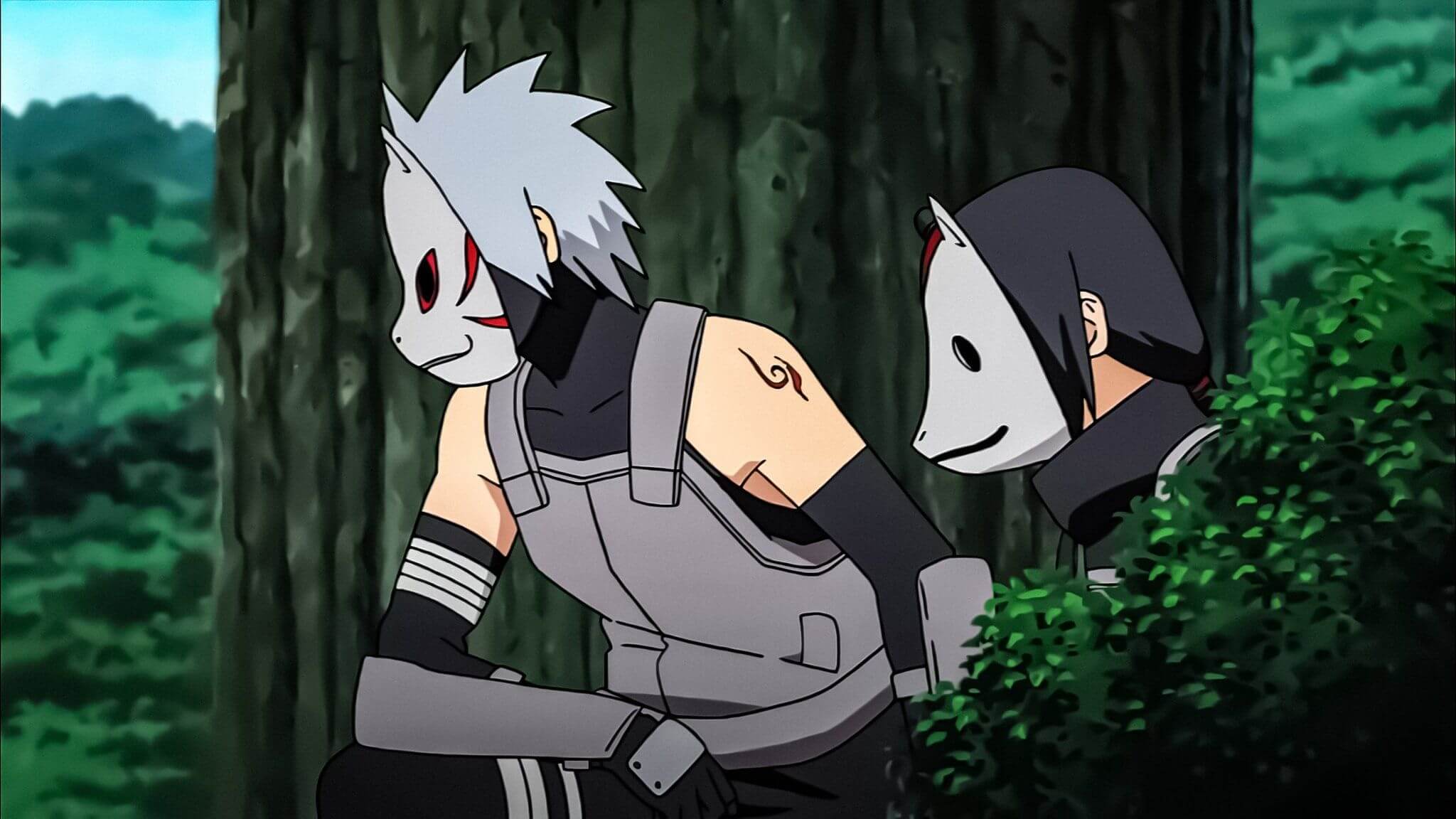
It’s in these battles that shonen series are either made or broken. Most shonen titles put the action at the forefront and generate situations in order to force the characters to fight, whether it makes logical sense or not. Naruto: Shippuden offers up an intense setup in the form of the Fourth Great Shinobi War. It’s actually kind of brilliant how author Masashi Kishimoto created a natural conflict in order to justify the fight scenes. You don’t need to create arbitrary scenarios to force certain parties to fight. It’s a war. Violence is expected. Plus, it flows well into the show’s themes of the endless cycle of violence and breaking it in the name of peace.
But the show ultimately falls victim to the practices of the era, wherein a new episode is expected every single week without fail. This led to the animation staff at Toei delivering a handful of episodes with excellent animation and countless others that show mid-tier, off-model animation that is overly reliant on still frames and flashbacks to pad out the story. The series’s iconic “Naruto run” is emblematic of it. Did you think that the Naruto run was introduced because it looked cool? It was introduced because it saved on animation. With that run, you don’t need to animate any arm movements. It’s a cost-cutting measure, and the series took plenty of those routes in order to make those weekly due dates.
This also led to an unnaturally high amount of filler within Naruto and Naruto: Shippuden. Filler, in my opinion, is a necessary evil in the anime industry. Filler mostly happens when an anime series gets too close to surpassing the manga and needs to stall for time while the author continues the story, and while it’s not usually at the same quality as the original story, it can at least be entertaining. This is often the case with Bleach’s filler arcs. Yet they’re not high-quality in Naruto: Shippuden. Much of that filler is dedicated to strange, unfunny comedy that ruins the pace of the original story. With over 200 filler episodes, that’s a lot of content that just isn’t worth engaging with.
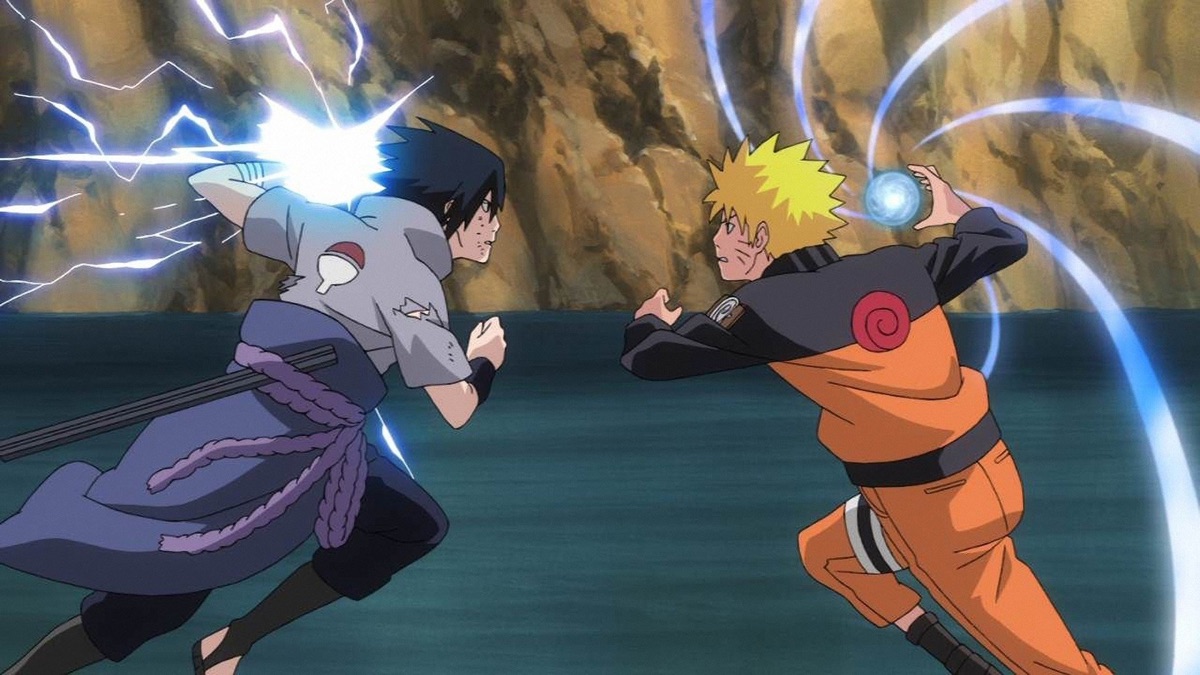
These are all problems that make it difficult for me to recommend watching Naruto and Naruto: Shippuden. I would honestly recommend its peers Bleach and One Piece over Naruto as Bleach’s action is much better executed and One Piece’s narrative, despite its ludicrous size, only continues to improve. Naruto just doesn’t compare, especially when its ending feels relatively rushed with a surprise antagonist that undermines what has been established up until that point. It’s not bad, but it doesn’t leave a good taste in my mouth, especially when the series only just continues with the much more inferior Boruto.
Yet I can’t help but still look back nostalgically at Naruto. For many, it was the first anime they saw and the first anime that introduced them to more mature themes and ideas. It pioneered how most shonen action titles would operate and would refine the ideas and practices done in Naruto. Black Clover’s Asta and My Hero Academia’s Deku are just like Naruto in terms of motivations and goals. The production system of Naruto was unsustainable, so future shonen series opt to take breaks in-between seasons and arcs in order for the author to further the story and give the animators time to polish what’s there, something that Bleach is benefiting from in spades. Most shonen titles nowadays, regardless of their tone and execution, all have some elements that can be traced back to Naruto and Naruto: Shippuden, for better or worse.
It’s tricky to call something iconic since that word seems to mean so little today. To be genuinely iconic, it has to be something that anyone can look at and immediately understand its importance and significance, for better or worse. I can easily say that the Naruto franchise is iconic for all of the good and ill that it’s done for the industry. In terms of feats, it introduced countless people to anime, showcased how to create a likable protagonist, modeled the pros and cons of weekly anime content, and set the standard for how future series would operate. Sixteen years later, that’s something to appreciate and accept, regardless of whether you like the series or not.

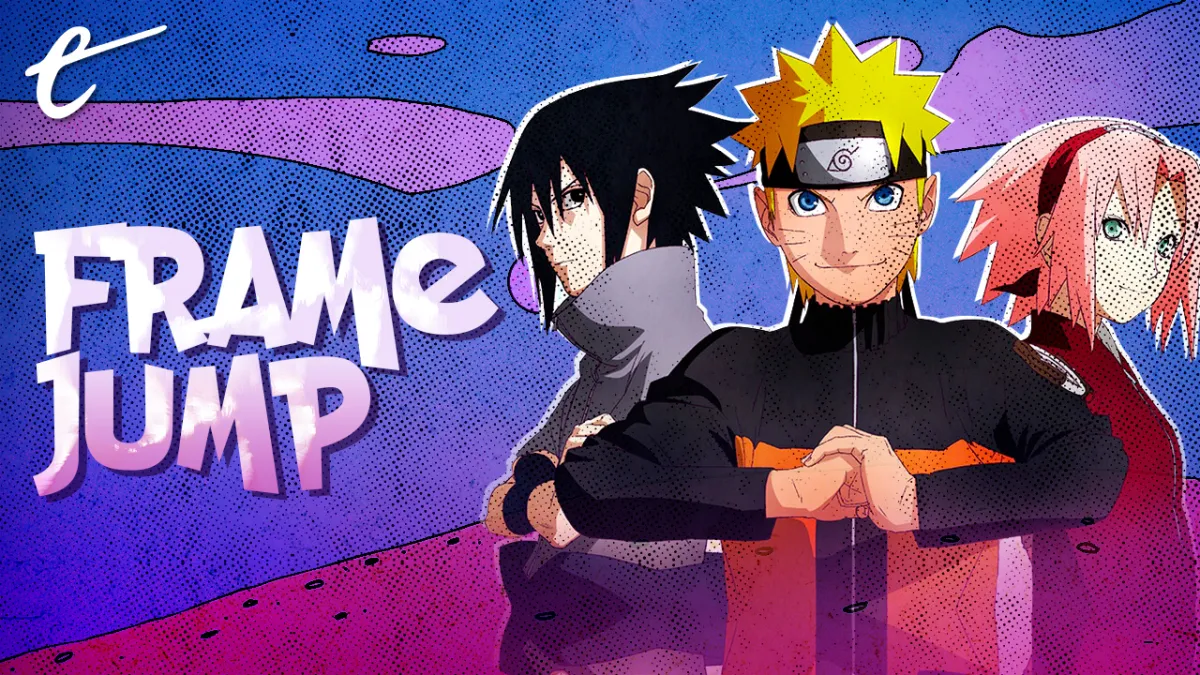



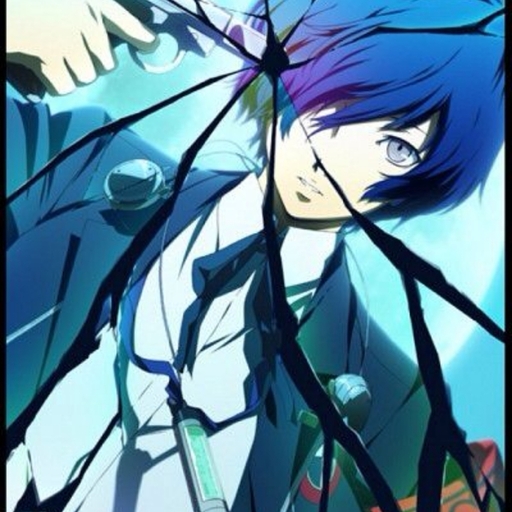
Published: Feb 17, 2023 12:00 pm